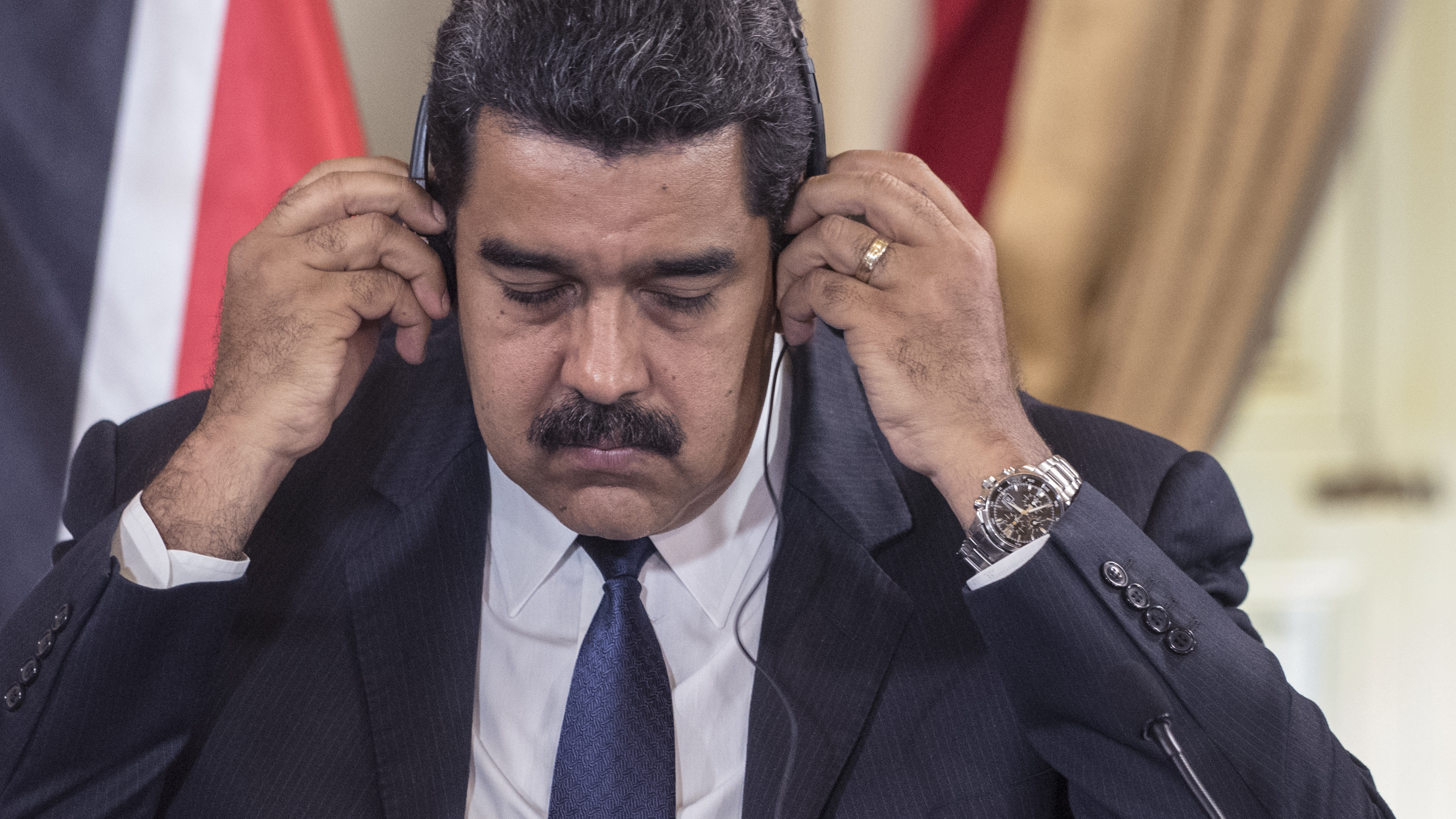Was the Firing of James Comey Obstruction of Justice?
Following the abrupt firing of FBI Director James Comey there is widespread speculation about whether the episode constitutes obstruction of justice.
Published by The Lawfare Institute
in Cooperation With

Following the abrupt firing of FBI Director James Comey there is widespread speculation about whether the episode constitutes obstruction of justice. At Just Security, Ryan Goodman suggests that “[i]f President Donald Trump orchestrated the decision to fire the Director of the FBI to subvert or undermine the integrity of investigations into the Trump campaign’s possible coordination with Russia, it may amount to obstruction of justice.” Ryan highlighted that if Jeff Sessions or Rod Rosenstein “knowingly participated in such a plan, they too would be in legal and political jeopardy.”
Now is a good time to review the legal definition of obstruction of justice and how it might apply to the firing of the FBI Director.
In March, I wrote an explainer on the law of lying—highlighting when lying to law enforcement or Congress in the Russia investigation might constitute a criminal offense and what various statutory provisions say about lying. In that post, I wrote about obstruction of justice:
Another major crime echoing in the public discourse around the Russia Connection is obstruction of justice. Under 18 U.S.C. § 1505, a felony offense is committed by anyone who “corruptly, or by threats or force, or by any threatening letter or communication influences, obstructs, or impedes or endeavors to influence, obstruct, or impede the due and proper administration of the law under which any pending proceeding is being had before any department or agency of the United States, or the due and proper exercise of the power of inquiry under which any inquiry or investigation in being had by either House, or any committee of either House or any joint committee of the Congress.”
An accompanying code section, 18 U.S.C. § 1515(b), defines “corruptly” as “acting with an improper purpose, personally or by influencing another, including making a false or misleading statement, or withholding, concealing, altering, or destroying a document or other information” (emphasis added). This is where obstruction of justice intersects with the false statements law. If you knowingly and willfully make a false statement of material fact in a federal government proceeding, you’ve potentially violated § 1001, and when you add an objective to influence, obstruct, or impede an investigation, you’ve now possibly violated § 1505 as well. Perjury can intersect with obstruction of justice in the same way.
Under the statute, a “proceeding” can be an investigation. Section 1503 criminalizes the same conduct in judicial proceedings. So obstruction during an investigation might violate § 1505, while if that same investigation leads to a criminal prosecution, obstruction during the prosecution itself would violate § 1503. The individual also has to know that a proceeding is happening in order to violate the statute, and must have the intent to obstruct—that is, act with the purpose of obstructing, even if they don’t succeed.
That previous post focused on false statements. But the firing of James Comey would constitute a different kind of obstruction, even more directly covered by the statute.
Criminal charges are especially unlikely in this context, however, because (1) the burden of proof makes proving obstruction in this context difficult, and (2) discretion over criminal investigation and prosecution is committed to the Department of Justice, headed by Attorney General Jeff Sessions and Deputy Attorney General Rod Rosenstein, both of whom recommended Comey’s dismissal.
First, the criminal offense is itself difficult to prove in this context. The statutory language is broad: it covers any attempt, even unsuccessful, to “influence, obstruct, or impede” the administration of the law in a pending proceeding. As the Department of Justice U.S. Attorneys’ Manual explains, the crime is found on proof of three elements: “(1) there was a proceeding pending before a department or agency of the United States; (2) the defendant knew of or had a reasonably founded belief that the proceeding was pending; and (3) the defendant corruptly endeavored to influence, obstruct, or impede the due and proper administration of the law under which the proceeding was pending.”
As applied to the President and his staff, the first two elements appear to be a slam dunk. First, courts have given “proceeding” a broad definition. As the DOJ Manual notes, “the Sixth Circuit held that the term ‘proceeding’ is ‘of broad scope, encompassing both the investigative and adjudicative functions of a department or agency.’” The Russia investigation pretty clearly counts. Second, Comey himself had recently confirmed that the investigation was ongoing—in extremely public and publicized congressional hearings. So no relevant actor could claim he did not know or “have a reasonably founded belief” that the investigation was ongoing.
The questions here surround the third element. One must not merely “influent, obstruct, or impede” but also do so corruptly. Under § 1515(b), a corrupt state of mind requires intent: “acting with an improper purpose.” While the President routinely influences federal law enforcement at a high level—including prioritizing certain categories of crimes or appointing officials based on certain expertise that is bound to influence the Bureau’s work—those contacts would not be considered obstruction because in those scenarios, the President is acting with a proper purpose, his constitutional duty to take care that the laws be faithfully executed.
Ultimately the answer goes to the motives: Did the President or Attorney General intend for Comey’s firing to “influence, obstruct, or impede” the Russia investigation? Even if they had other reasons or goals—including perfectly lawful ones, such as concerns about the public’s perception of the FBI and the Director—if obstructing or impeding the Russia investigation was a goal, that would constitute obstruction of justice. Therefore, inquiries as to whether Trump’s conduct amount to obstruction will center on his motives.
However, the statutory bar is exceedingly high. Multiple circuit courts have concluded that under §§ 1503 and 1505, “although the defendant need not succeed in his attempt to obstruct justice, his conduct must be such ‘that its natural and probable effect would be the interference with the due administration of justice.’” This requires specific intent to obstruct or impede an investigation. In the context of any criminal proceeding, where the burden of proof is beyond a reasonable doubt, the possible existence of other motives would likely make obstruction of justice difficult to prove.
In addition to the stringent burden of proof, criminal enforcement by the Department of Justice is highly unlikely. Attorney General Jeff Sessions and Deputy Attorney General Rod Rosenstein each endorsed reasons for the dismissal. Naturally, they are unlikely to commence criminal enforcement. The DOJ Inspector General, an independent entity within the Department tasked with investigating misconduct with the Department, might be a mechanism for investigation, but an Inspector General investigation would not cover actions by the President.
Thus, the only viable enforcement mechanism is likely impeachment. Obstruction of justice formed the first article of impeachment of President Nixon and the third article of impeachment of President Clinton. In both instances, the articles contained specific allegations amounting to a pattern of obstruction. Both articles alleged false statements by the president, concealing evidence, and counseling witnesses to lie, among other allegations.




